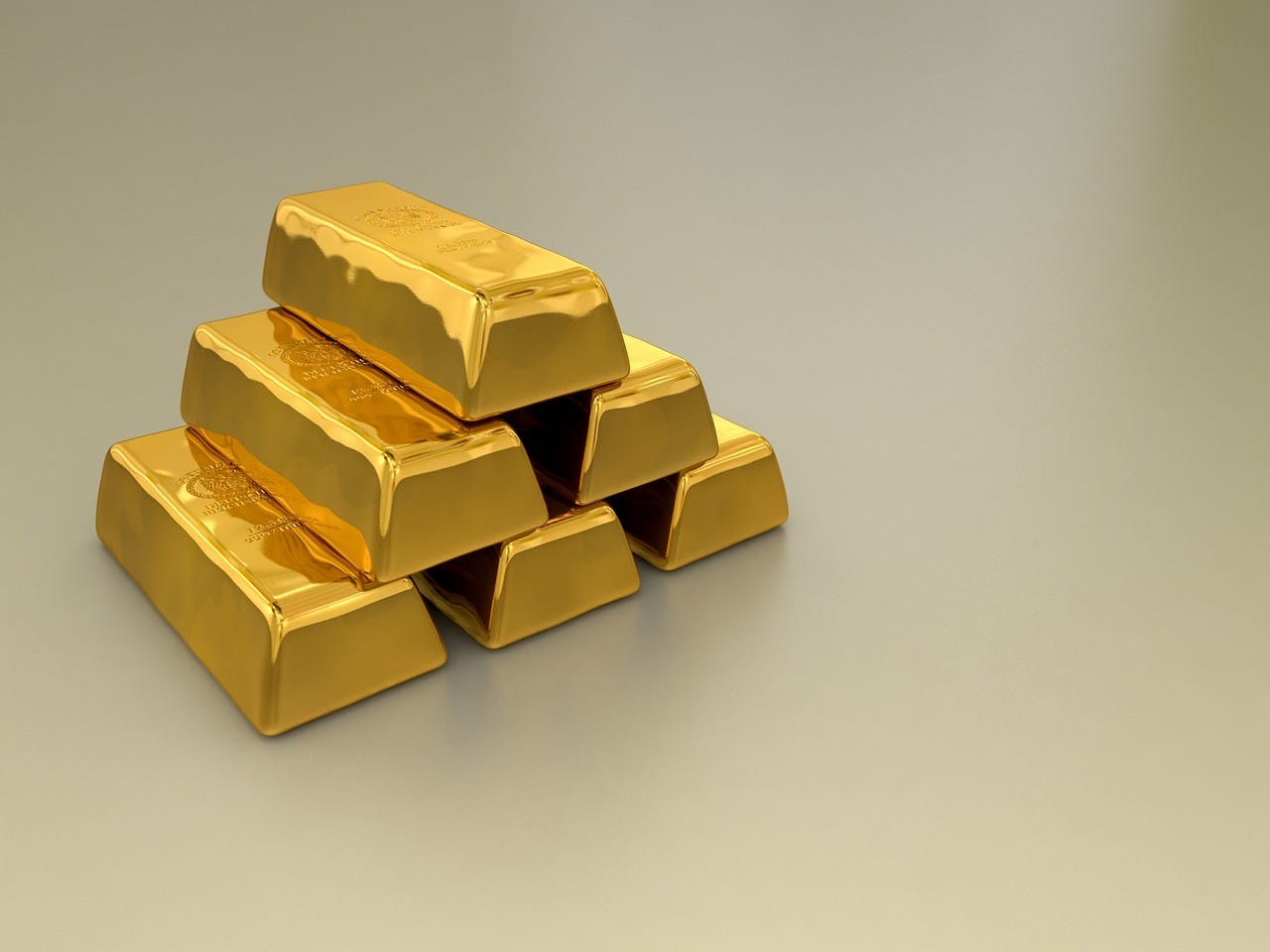Aussie Costs Rising with the Gold Price
Evolution has both the lowest and highest cost mines
The average all-in sustaining costs of Australian gold mines continued to increase in the September quarter.
Data from Aurum Analytics, supported by Argonaut, showed the average AISC for gold mines in Australia and New Zealand was A$2494 an ounce (US$1607/oz), up 6.8% on the March quarter and 16% higher than the same quarter of 2024.
The average gold spot price for the quarter was A$5285/oz (US$3458/oz), up from A$5127/oz (US$3286/oz) in the June quarter.
Evolution Mining (ASX: EVN) laid claim to the two-lowest cost operations in Australia due to copper by-product credits.
Its Northparkes mine in New South Wales reported AISC of -A$2993/oz, while its Ernest Henry operation in Queensland reported AISC of -A$1926/oz.
On a co-product basis, Aurum estimated AISC of A$3079/oz for Northparkes and A$2420/oz for Ernest Henry.
Evolution also held the highest cost mine, Mt Rawdon in Queensland, which reported AISC of A$5562/oz as it approaches the end of its life.
The lowest-cost pure gold mine was Capricorn Metals’ (ASX: CMM) Karlawinda operation in Western Australia with AISC of A$1625/oz, followed by Ramelius Resources’ (ASX: RMS) Mt Magnet operations in WA with AISC of A$1815/oz, followed by Evolution’s Mungari mine in WA with AISC of A$1982/oz.
Aurum tracks 40 gold operations that report AISC and a further 11 that don’t, including Agnico Eagle Mines’ (TSX: AEM) Fosterville operation in Victoria which reported total cash costs of US$1066/oz.
There are a further four operations with no publicly available cost or production data and eight mines where gold is a by-product.
Grades rise
The average reported mill head grade was 2.3 grams per tonne g/t, up 2.6% on the June quarter.
The average open pit grade was 0.86g/t gold, the average underground grade was 3.29g/t gold and the average for operations with open pit and underground production was 1.72g/t gold.
Alkane Resources’ (ASX/TSX: ALK) Costerfield gold-antimony mine in Victoria was the highest-grade operation of the quarter with an average feed grade of 8.48g/t gold.
Gold Fields’ (JSE: GFI) Agnew mine in WA was second with a head grade of 6.34 g/t gold, followed by Gold Fields’ Granny Smith in WA with a head grade of 6.22g/t gold, Newmont Corporation’s (NYSE: NEM) Tanami in the Northern Territory with a head grade of 5.36g/t gold and Kaiser Reef’s (ASX: KAU) Henty mine in Tasmania with a head grade of 4.12g/t gold.
Of the operations to not report AISC, the highest-grade were Agnico Eagle’s Fosterville (5.76g/t gold) and Brightstar Resources’ (ASX: BTR) Laverton in WA (3.03g/t gold).
Three of Evolution’s mines had the lowest grades of the quarter: Northparkes (0.27g/t), Mt Rawdon (0.3g/t gold) and Mt Rawdon (0.44g/t).
Largest mines
Newmont’s Boddington open pit operation in WA was the largest producer of the quarter with output of 146,000 ounces for the quarter.
It was followed by Northern Star Resources’ (ASX: NST) KCGM operation in WA (107,118oz) and AngloGold Ashanti (NYSE: AU) Regis Resources’ (ASX: RRL) Tropicana operation in WA (106,440 oz).
Newmont’s Tanami and Cadia Valley operation in NSW rounded out the top five with production of 100,000oz and 97,000oz, respectively.
Kaiser Reef’s A1 mine in Victoria was the smallest, with production of 424oz. The mine was put on care and maintenance late in the quarter.
Of the mines where gold is a by-product, BHP’s (ASX: BHP) Olympic Dam produced the most gold (50,716oz), followed by its Prominent Hill mine (24,105oz) and its Carrapateena mine (23,788oz), all in South Australia.


